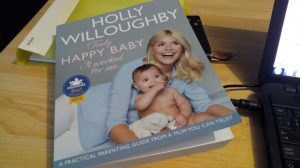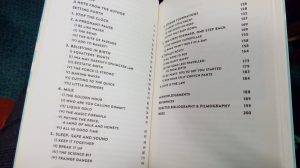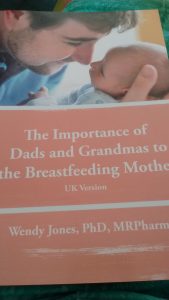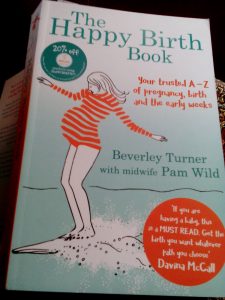Nature is Clever
Towards the end of my pregnancy, I remember being advised by friends that it was very important to get out as a couple as soon as possible after having the baby. I know this was coming from a well-intentioned place, but I’m glad I’m grounded enough to know that that wasn’t for me. Talking to new parents, I encounter a wide spectrum of parenting styles, and if you will allow me a sweeping generalisation, the ones who are having the easier time tend to be the ones who don’t put themselves under pressure to ‘get back to normal’ or ‘show the baby who’s in charge’ right from the start.
It may sound deeply obvious, but having a baby is a massive life event. It impacts on the couple as a couple and as individuals. Anthropologists have observed some interesting stuff about how the behaviour of men and women towards each other changes following the birth of a child; new mothers have a deep evolutionary need to remind our partners that they are responsible for us (for example, compulsively addressing him as ‘daddy’). Sorry, Old-Fashioned Feminists, but evolution takes thousands of years, and human behaviour (and biology) still works as though we live in clans with defined roles. My point is that pressure on a new couple to behave as if nothing has changed jars with our instincts and with the reality of life with a new baby.
Consumer-driven Twenty-first Century Western society, of course, has all the solutions for this. New parents can buy whatever they need to help create distance between themselves and this utterly dependent small creature: mechanical rocking chairs, under-mattress breathing detectors, artificial milk; there’s really no need to be at the beck and call of a baby, and it doesn’t do it any harm, does it?
I hate to talk about benefits and disadvantages. I prefer to talk about normal behaviour, biological expectations, and so on. Nature is very clever. Here’s an example: skin contact stimulates the release of oxytocin. What is oxytocin? It’s a hormone that makes you feel good. Remember orgasms? That’s oxytocin. Touching releases oxytocin; holding hands, kissing, nibbling someone’s ear, that all releases oxytocin. When your child grazes his knee and you kiss it better, that releases oxytocin. Oxytocin helps a woman to labour, and releases milk to feed her baby. Cuddling a newborn baby releases oxytocin. For both parties. Wrapping him up in a blanket and leaving him to cry himself to sleep in another room releases adrenaline, which suppresses oxytocin. For both parties.
Last week a couple came round for some help with feeding. It took a while to get mum and baby comfortable, but eventually we found a way [no surprises to anyone with any breastfeeding knowledge: mum reclined, baby self-attached]. The baby fed. Mum said: why does it make me feel so…. good? That’d be oxytocin, along with relief from anxiety and a sense of satisfaction.
Originally posted elsewhere on 2nd February 2011




